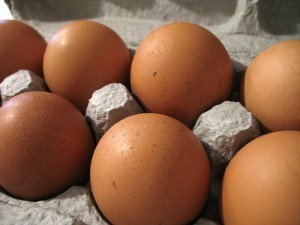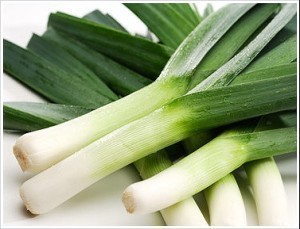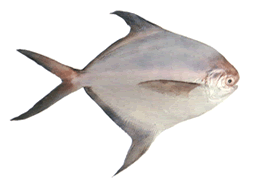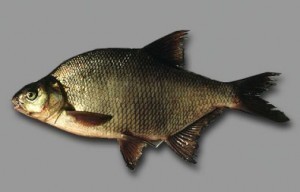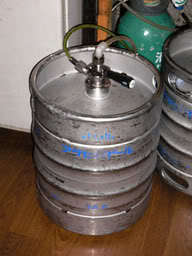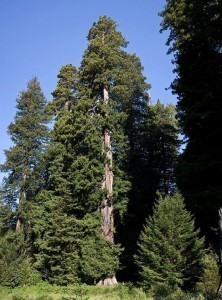Jackfruit Sizes
One of the tree species that belong to the Moracea family, the jackfruit 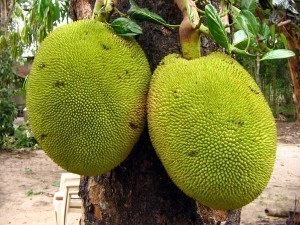 originated in some parts of South Asia as well as Southeast Asia. The tree grows well in areas that have tropical climate. A large number of jackfruit trees is planted and cultivated at the Tijuca Forest National Park in Brazil. The tree is cultivated for the fruit and for the wood. Some of the varieties of the tree include the Khoozha chakka and the Khoozha pazam. To cultivate the tree successfully, it is important to have ideas about the average jackfruit sizes.
originated in some parts of South Asia as well as Southeast Asia. The tree grows well in areas that have tropical climate. A large number of jackfruit trees is planted and cultivated at the Tijuca Forest National Park in Brazil. The tree is cultivated for the fruit and for the wood. Some of the varieties of the tree include the Khoozha chakka and the Khoozha pazam. To cultivate the tree successfully, it is important to have ideas about the average jackfruit sizes.
The Sizes of Jackfruit
The fruit-bearing tree has an average height of 30 feet to 70 feet. The evergreen leaves of the tree grow nine inches long. The leaves have oval or oblong shape and these are alternately arranged on the stems of the tree. Male and female flowers grow in clusters that are two inches to four inches long. The length of the fruits is between 20 to 90 centimeters while the width is 15 to 50 centimeters. The weight of the fruits ranges from 4.5 kilograms to 50 kilograms. Each fruit has seeds, which are two centimeters to four centimeters long and 1.25 centimeters to two centimeters thick. There are approximately 100 to 500 seeds in a fruit.
Additional Information and Other Important Details
The jackfruit can be eaten raw or cooked. The flesh of the fruit can also be dried and be eaten as chips. Some food manufacturers process the flesh of the fruit and store in a can with syrup. In Asia, the jackfruit is in season from late spring until late summer. The flesh of the fruit is good for those who are suffering from digestive problems like constipation because it is rich in dietary fiber. The seeds can be baked or boiled like chestnuts or beans.
Aside from dietary fiber, the jackfruit is rich in potassium, niacin, thiamine, ascorbic acid and carbohydrates. The other nutrients present in the fruit are calcium, phosphorus, sodium and iron. The fruit is also a good source of vitamin B12 and vitamin B1.
The bark of the jackfruit has tannin, which can be made into cloth or cordage. When parts of the bark are boiled, these will produce a yellow dye. The dye is used for coloring silk, which is important to the development of robes worn by Buddha priests. The root can be extracted and the extract contains compounds that can treat diarrhea as well as fever.
